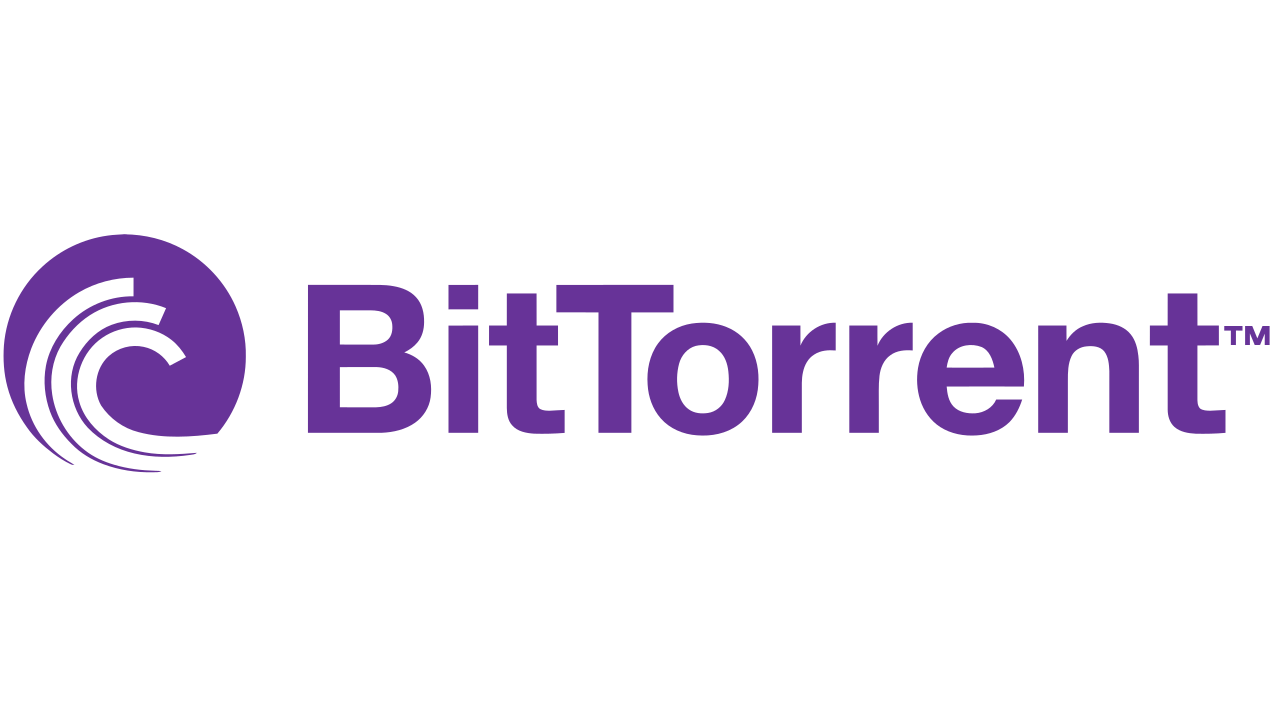The BitTorrent Protocol has been a fascinating topic of discussion in the digital world for over a decade. With its ability to facilitate rapid and efficient exchange of large files, this protocol has transformed the way we perceive data distribution on the internet. This article will discuss the origins, workings, benefits, and challenges associated with the BitTorrent protocol.
Origins of the BitTorrent Protocol
The Torrent Protocol or more commonly called just torrent was first introduced by Bram Cohen in 2002. The basic idea was to create a method of file distribution that leveraged the concept of peer-to-peer (P2P) networking. Rather than relying on central servers to provide files to users, Torrent allows users to share files directly with each other over their internet connections.
How the Torrent Protocol Works
The Torrent Protocol works by breaking the file to be distributed into small pieces called “torrents.” Each of these pieces is then distributed separately across the P2P network. When someone downloads a file using the Torrent protocol, they download these pieces from many different sources simultaneously, allowing the download process to be faster and more efficient.
One of the key features of the Torrent protocol is that users who have completed downloading a file can become “seeders” who provide these pieces to other users. In this way, the more seeders available, the faster and more reliable the file distribution becomes.

Benefits of the Torrent Protocol
- Speed: Compared to traditional file distribution methods, such as direct downloads from servers, the Torrent protocol is often much faster because it leverages resources from many users simultaneously.
- Efficiency: By breaking the file into small pieces, the Torrent protocol allows users to download specific parts of the file without having to wait for the entire download to finish.
- Availability: Because it’s not reliant on a central server, the Torrent protocol can ensure better availability of files, even if the main server experiences failures.
Challenges and Controversies
Despite its many benefits, the Torrent protocol also faces challenges and controversies. One of the main issues is its illegal use for distributing copyrighted content, such as movies and music. This has led media companies and legal authorities in various countries to take steps to restrict or block access to sites that provide illegal Torrent files.
Furthermore, due to the decentralized nature of this protocol, it’s difficult to control or regulate the content distributed through Torrents, which also increases the risk of spreading malware and other harmful content.
Final Thought
The Torrent protocol has become a powerful tool for data sharing on the internet, providing speed, efficiency, and high availability. However, while providing these benefits, this protocol also faces challenges related to illegal usage and security. Nevertheless, with technological advancements and appropriate regulations, the Torrent protocol remains a relevant tool in today’s digital ecosystem.
